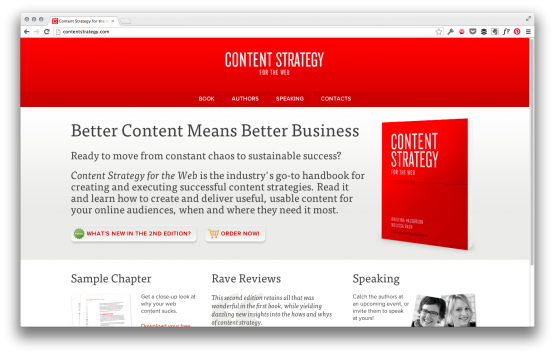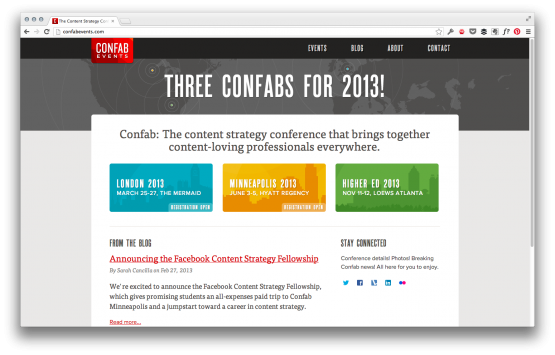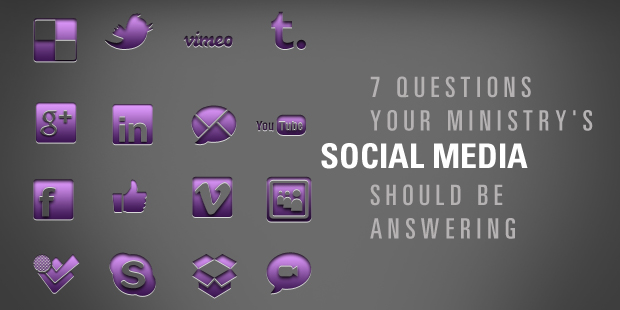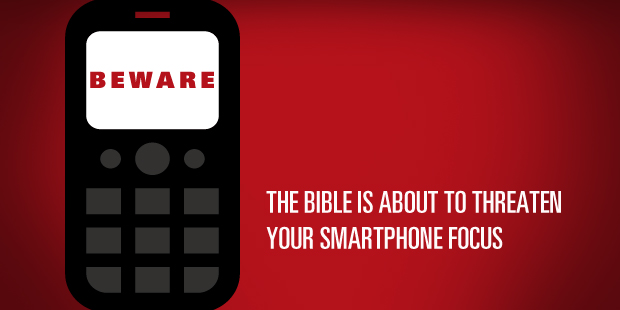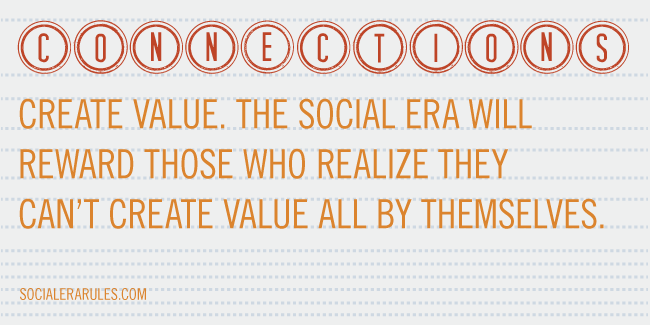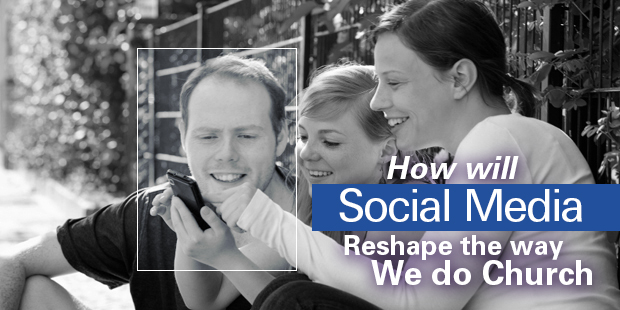
Five Reminders for Making Ministry Videos Viral
An interesting insight into what makes social content effective has emerged, or at least made itself more visible, in the past year or so. Content is king, but editing may be the queen who’s actually running the castle.
Our traditionally analog means of consuming media—television, newspaper, radio, outdoor—are quickly being replaced by digital means. We supplement TV watching with our iPads, get our news in near real time from Twitter, and share life’s moments in an instant on Facebook.
This consumption of digital content has led to the concept of “virality.” Just a few years ago this concept didn’t exist. Videos, images and articles didn’t “go viral.” Exposure on all levels, particularly for advertising, was limited to the very rich or very lucky.
Now individuals, media outlets and brands alike are owning their channels, creating and publishing content in hopes of that content’s being consumed, appreciated and shared. So now the question is not whether or not to own a channel and create content but what type of content is most likely to be shared. This leads to other questions. What resonates with audiences? Where do they consume it? Why do they share it?
THAT’S WHERE EDITING COMES IN
If you’re reading this, it is likely that within the past day or so you’ve encountered an article by the likes of BuzzFeed, This Advertising Life, ICanHazCheezburger? and any of a number of other sites (there are millions) dedicated to curating and sharing quick bites of content.
But what’s important is not so much why the editors at BuzzFeed create this content; it’s more the lessons learned from how they do it. BuzzFeed has concocted a lethal formula for social-publishing success, combining dozens of unique pieces of content each day with pop culture, timeliness, topics proven to be shareable and brevity. Most articles contain images with captions, and only a few articles contain more than a couple of hundred words.
WHAT DOES ALL THIS MEAN FOR BRANDS?
The idea of editing and succinctness isn’t just a concept for media outlets pushing Grumpy Cat memes and Gangnam Style videos. There is a correlation between the success of viral-media sites and the success of brands on Facebook, Twitter, Pinterest, Vine and other channels. Shorter content works (hence the existence of Twitter, Vine and Instagram). Here are a few tips to keep in mind when creating content in hopes of achieving viral success:
1. Understand your platform
What works for Facebook doesn’t necessarily work for Twitter. Write with the platform (and its audience) in mind.
2. Push the boundaries
Many platforms have technical limitations, but that doesn’t mean the boundaries aren’t there to be pushed. Brands are already using Vine for creative stop-motion videos.
3. Stay on topic
Nothing can derail a shareable piece of content like too much irrelevant content. Stay focused and stick to what your headline promises (easier said than done, especially for me).
4. Don’t under-deliver
If you’re spending more time on your headline than on your content, you’re doing it wrong. Don’t promise “10 Tricks You’ve Never Heard Of” only to repurpose tricks everyone has heard of.
5. You can sacrifice time or quality, but not both
If your content is quick, audiences will forgive a lack of quality. But if you’re publishing long-form content, the production quality must be able to override the audience’s brief attention span (think Harlem Shake versus Kony 2012).
Of course, a brand’s content-marketing strategy must correspond to its goals, since bite-size content won’t work for every brand. But in 2013, there’s no question of the power of effective editing and the shareability of entertaining short-form content. Thinking like an editor when creating your brand’s content may just turn ordinary into viral.
Read the full story here.

Tags: Attention, Brand, Jon Thomas, Social Media













